The prominence of email in today's society means people are accustomed to using it for work, social means and everything in between. As a digital marketer, you have plenty of reasons to capitalize on email as a way to gain momentum.
Here are seven trends you should incorporate into your marketing plan as soon as possible.
1. Location-Based Email Marketing
Relevance is a crucial aspect that could determine the likelihood of customers engaging with your emails or ignoring them. By using location-based content, you can deliver information to customers that's convenient and specific. For example, you might embed a Google Maps link that allows a person to find the nearest location of a brand's brick-and-mortar store.
Maybe the email discusses a promotion that only applies to certain stores in an area. In that case, a dynamic, location-based part of the content could enable a person to enter their address and confirm that the location they want to visit offers the promotion.
Location-based marketing is such a useful trend to try now because it works exceptionally well for people who read emails on their phones and want to take further action immediately.
2. Combining Automation and Segmentation
If you haven't considered bringing automation to your email marketing methods yet, now is the time to think seriously about doing it. Think about using it to segment your audience and provide them with the content they most want to see. According to an email marketing automation report from EmailMonday, targeted and segmented content accounts for approximately 58% of all revenues.
Automation could make it easier for you and your marketing team to send the right emails to customers who take certain actions. For example, a person who bought baby clothes from your site before is an excellent candidate for an upcoming email promotion about a baby furniture sale. You're likely wasting your time sending that kind of content to shoppers who haven't bought or shown interest in baby items before.
You could also depend on automation to reach out to people who are most likely to read the emails and respond favorably. You might not see substantial payoffs from people who only opened two out of your last 10 emails, but would probably see more results if they open the majority of messages you send.
One of the most significant advantages of automation is that it allows you to cut down on repetitive or ultimately useless steps, giving you more time to focus on other tasks. That's important, especially when targeting large groups of people simultaneously.
Recommended: How to Build a Perfect Marketing Funnel Using Email
3. Developing Customer Profiles for More Effective Messaging
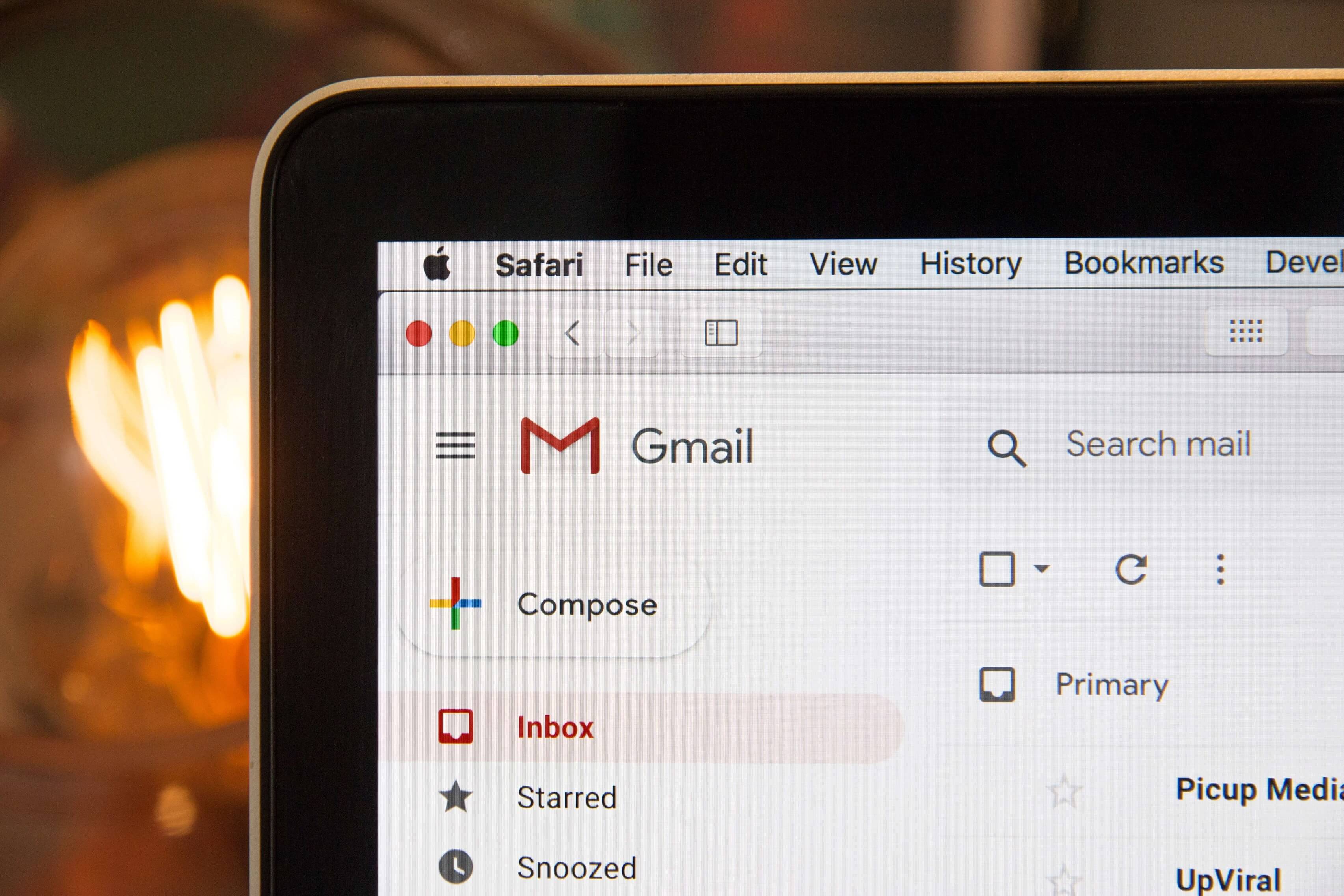
Despite email's popularity as a marketing method, the distributed messages are not necessarily ones that people want to read. A Forrester study covered by Marketing Dive found that while 70% of marketers sent emails for promotional purposes, only 8% of recipients were "very satisfied" with that content.
The research also showed that so-called customer-obsessed marketers were 2.8 times more likely to collect data from emails about someone's preferences and location, then use it to create client profiles. You could take a similar approach and compile information from emails to more intelligently predict the kind of content that makes people genuinely happy.
After all, if the content doesn't resonate with them — or even worse, makes them annoyed — they almost certainly won't engage further and may unsubscribe from your email list.
Another source of data for your customer profiles could be surveys conducted within email messages or on social media platforms like Facebook. For example, you could ask "what parts of our emails do you like best?" or "how often would you like us to send you content?" and tweak your email marketing campaigns accordingly.
4. Re-engaging Cold Prospects With Email
You should also put effort toward attempting to re-engage prospects that haven't reached out in a while or perhaps not since the first contact with your company. Doing that is easier than you may think, and you have numerous potential strategies to use. As a start, create an authentic connection with the prospects by showing that you think of them as human beings.
Recommended: Why Your Cold Emails Are Ignored (and What to Do About It)
Moreover, you can get things off to a good start by being open and honest. Admit that you'd like to know where things went wrong while communicating with the prospect and learn what you could do better.
There will inevitably be times where your re-engagement efforts fail. Even so, you can still reach out to the recipient and ask for referrals that might be a better fit for the services you provide.
5. Followup/Reminder Emails that Stimulate Customer Loyalty

Another marketing trend to try soon is the use of emails that follow up with customers or send them reminders to foster ongoing relationships. For example, Madison Reed is a company that provides upscale at-home hair dye kits. After first-time customers have enough time to apply the color and decide if they like it, the company sends them emails promoting the brand's subscription plan that helps people get dye on schedule without manual reorders.
Alternatively, think of the example of how an email could help someone avoid forgetting something especially important. Most freelance workers in the U.S. have to pay estimated taxes every quarter, and they can do it through third-party payment platform services that partner with the Internal Revenue Service.
Once a person initially makes a payment through such a service, the payment site could send a reminder email a week or so before the next payment's due date. Doing that puts both the company and the need to pay taxes in top-of-mind positions for consumers.
Life can get hectic, and it's easy to overlook the most routine things. As an email marketer, you can assert yourself as ready to ensure that people don't forget to do or buy the things they need — and use your site to take care of things.
6. More Interactivity in Emails
The location-based features mentioned earlier are not the only options for messages that encourage interactions. Other possibilities exist that allow people to fill out forms or review products without navigating away from the emails they receive.
Representatives from The Home Depot realized that interactive emails could help them urge people to provide feedback about purchased products. If an item has a lot of reviews, the content within them could be instrumental in converting potential buyers to happy purchasers.
The Home Depot hired a company to help it put more interactive elements within its emails. The results were messages with dynamic content that changed to reflect the item purchased. A person who bought a drill set from the company saw a picture and link to it within the email. Additionally, the messages had star ratings, as well as blank text fields for elaborating about the questions asked.
The Home Depot rapidly saw a 55% increase in the number of completed surveys compared to the static feedback options people could use on mobile and desktop platforms. This ends up being approximately 20,000 new reviews completed via email each week.
This case study illustrates that people don't mind giving their feedback, but they're more receptive to doing it when the process is as streamlined as possible. When applying this technique to your needs, it's worthwhile to look at any available in-house metrics that could highlight the things you could improve by using email interactivity. Use those statistics as guidelines for working out your next campaigns.
7. Shorter Email Signups for Loyalty Programs
Loyalty programs give participating brands options for showing their gratitude to customers and simultaneously collecting data they could use in the future. Email is an excellent platform to use when encouraging people to sign up, because it means they don't have to fill out forms in stores.
However, recent research suggests that the companies most likely to succeed with email-based loyalty program correspondences are those that keep the forms as short as possible. It found that 76% of Americans would be more likely to join loyalty programs that only ask for a name and phone number. Plus, 58% of the respondents don't want to join loyalty programs that require using apps to get the benefits.
You could send out emails that say something like "join our loyalty program by email now with this quick, two-step process." At the end of that message, you could insert a lighthearted call to action such as "wasn't that easy? Let your friends join you in all the loyalty program goodness by sending them this referral link." The link would then go to a web-based form that asks the same two questions for signing up.
Tie in the fact that people dislike app-only loyalty programs and use emails that keep members informed. One straightforward way to do that is to embed a link in an email that goes directly to a person's online program portal that shows the number of points earned or rewards to claim. Once you get a submitted form from a referred person, start sending them the same emailed updates about their status.
Recommended: 6 Email Marketing Tips to Enhance Your Business Sales and Revenue
The Power of Personalization
Personalization is a common thread running through most of these seven tips. As you consider how to apply these trends to upcoming marketing efforts, bear in mind that the days of generic, mass-distributed emails are over. People want messages that are customized to them, or at least feature ample information that's useful and helpful.
Remaining aware of people's needs and making necessary adjustments increases your probability of success as you explore how to excel in email marketing.
Related Posts
Kayla Matthews is a MarTech journalist and writer, whose work has been featured on Marketing Dive, Contently, Outbrain and Convince and Convert. To read more posts from Kayla, please visit her personal tech blog, Productivity Bytes.

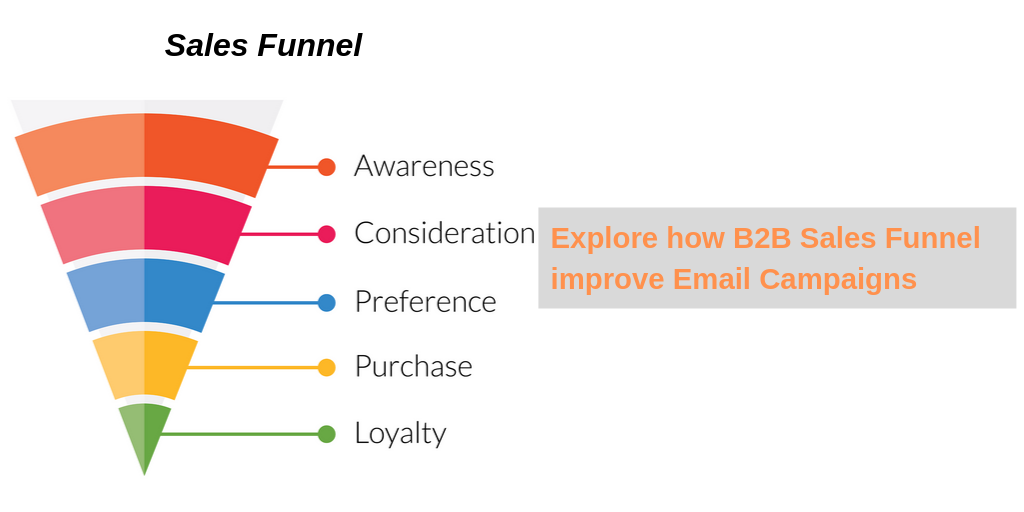
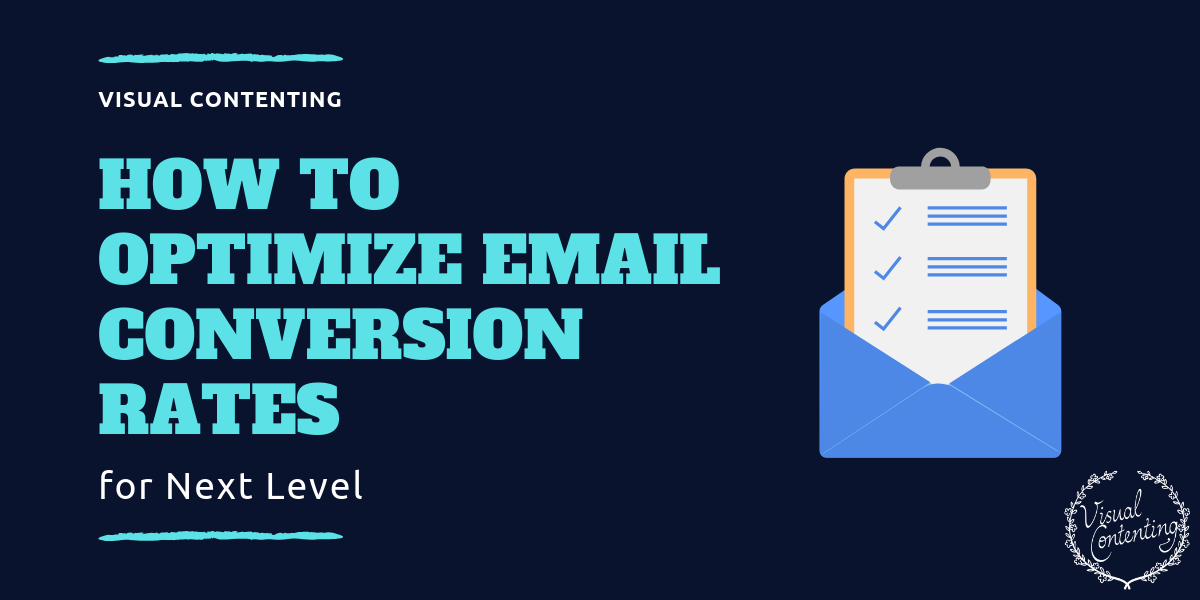

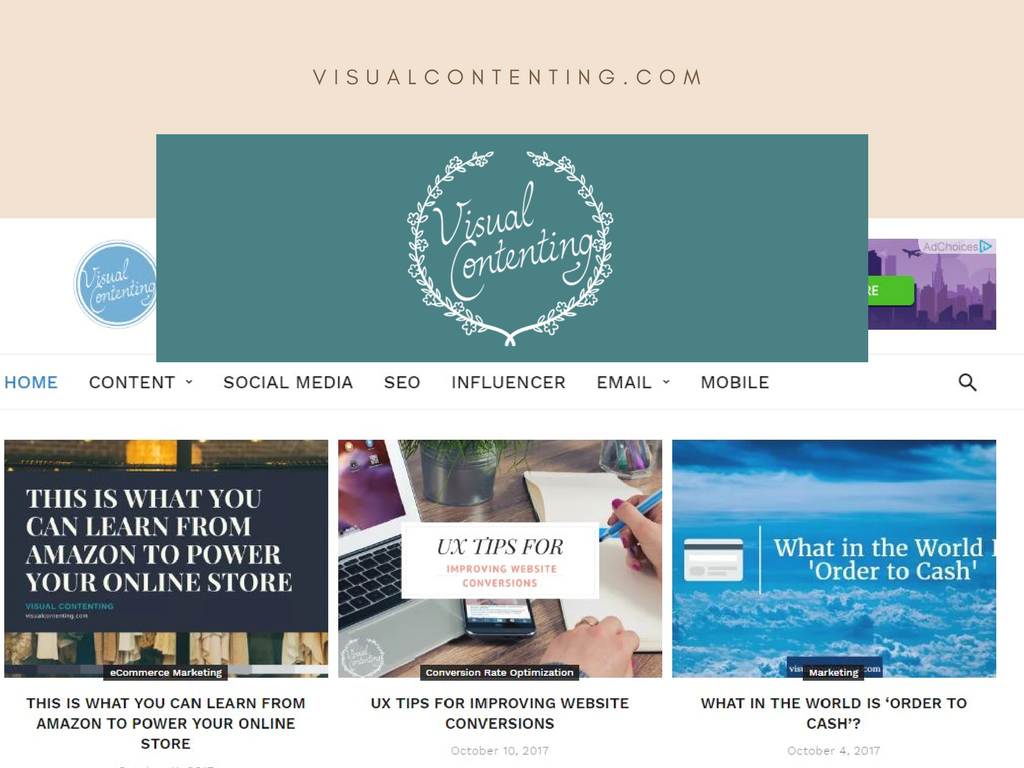
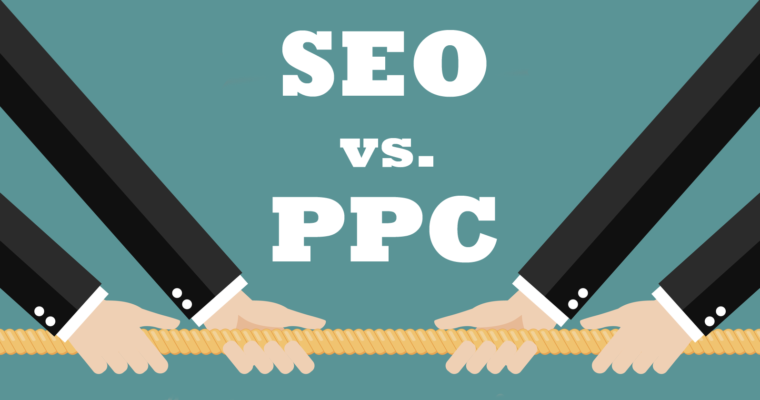
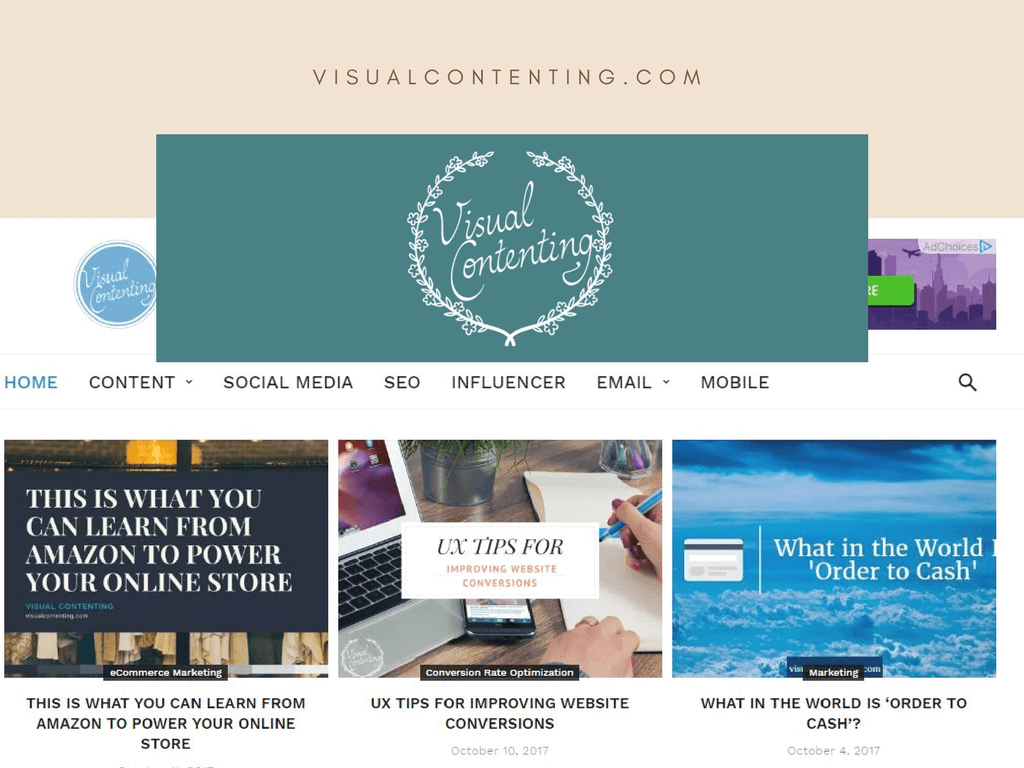
[…] Recommended: 7 Email Marketing Trends to Start Implementing Right Now […]
[…] Recommended: 7 Email Marketing Trends to Start Implementing Right Now […]